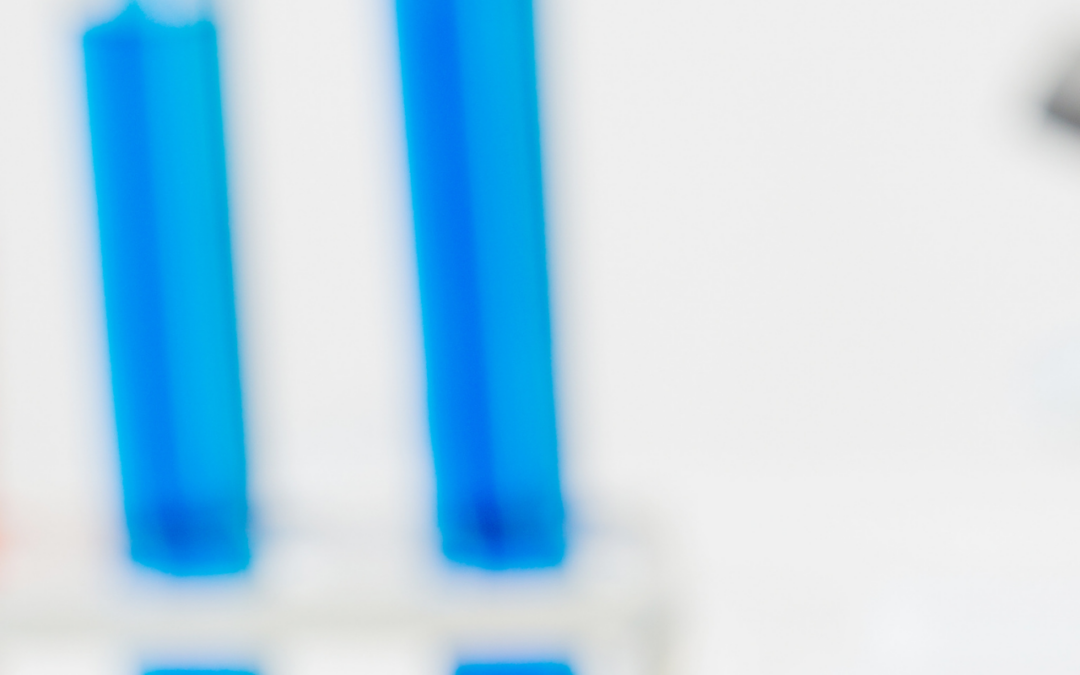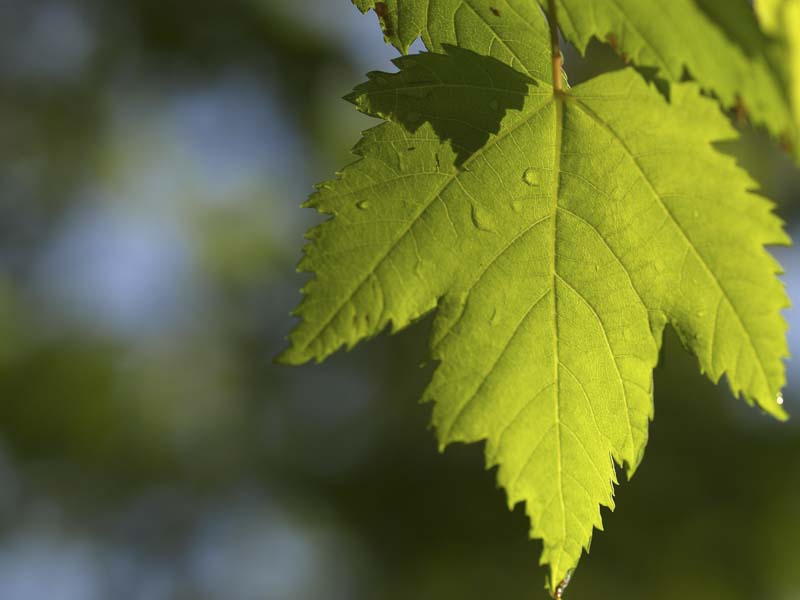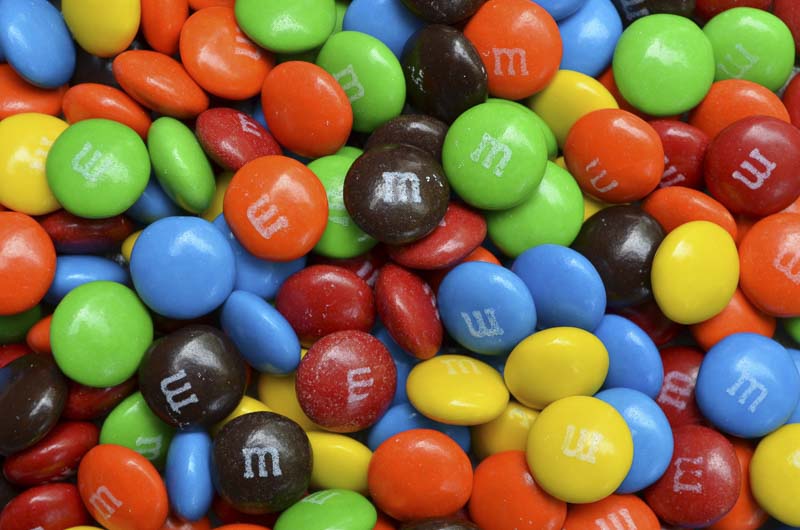What You Need:
- Water beads*
- Two 1000 ml beakers
- Water
- Saltwater
- Stainless steel spatula
- Ruler
- Cookie sheet with rim or plate
- Adult supervision
*Water beads are nontoxic, but are not for human consumption. Take care not to wash them down the drain, as they may cause clogs.
What You Do:
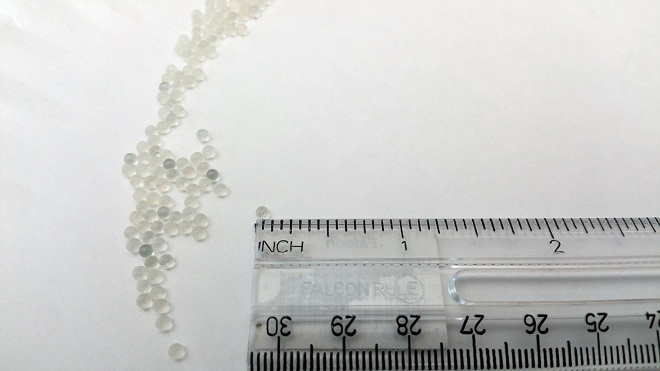
1. Have an adult help pour out some water beads onto the cookie sheet or plate (so they won’t get lost) and examine them! Roll one in between your fingers. How does it feel? Is it hard or soft? Try rolling them, squishing them, and bouncing them. What happens? Use the ruler to measure them. Record your observations in your science notebook.
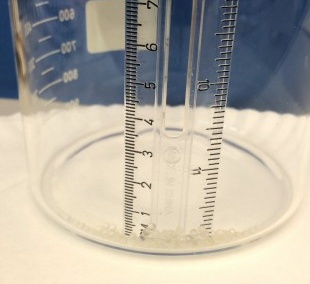
2. Once you’re finished observing them, use the spoon side of the spatula to place a scant half-scoop of water beads into the beaker. Again, observe how they appear in the beaker. Measure them with the ruler and record your observation.
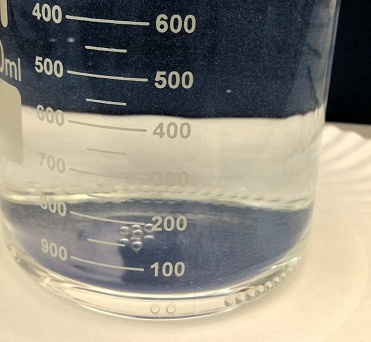
3. Now add between 700 and 800 ml of water to the beaker, and observe the water bead’s appearance. Record your results.
4. Repeat step 2 with the clean beaker, and repeat step 3 with saltwater.
5. Make a prediction of what you think will happen to the water beads.
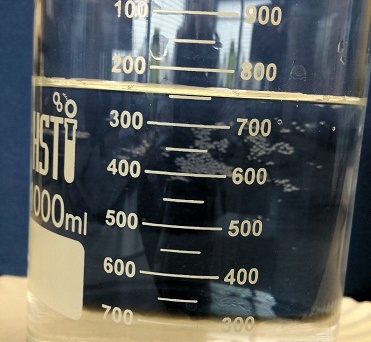
6. Leave the beakers overnight (or a minimum of four hours) and check them in the morning. Note: If your beakers look empty in the morning, be assured that they’re not!
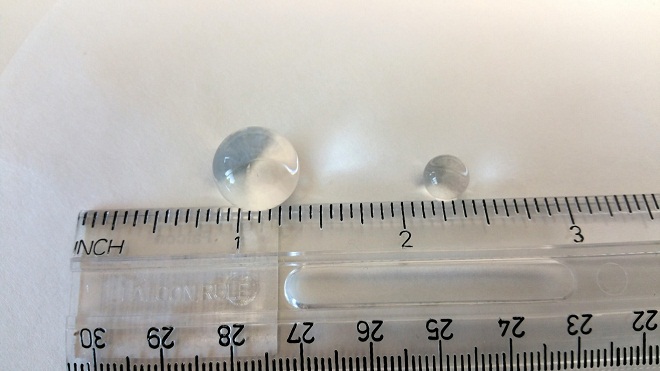
7. Have an adult help you use a spoon to carefully remove a water bead from each beaker—they’re slippery. How do the water beads look now? Which beaker has the most liquid in it? Which has the least? Do the beads from the two beakers look different? How so?
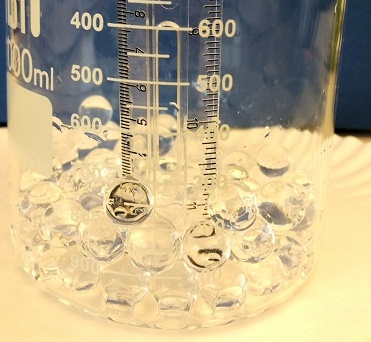
8. Have an adult carefully pour off the excess water so you can further play and experiment with the water beads.
What Happened:
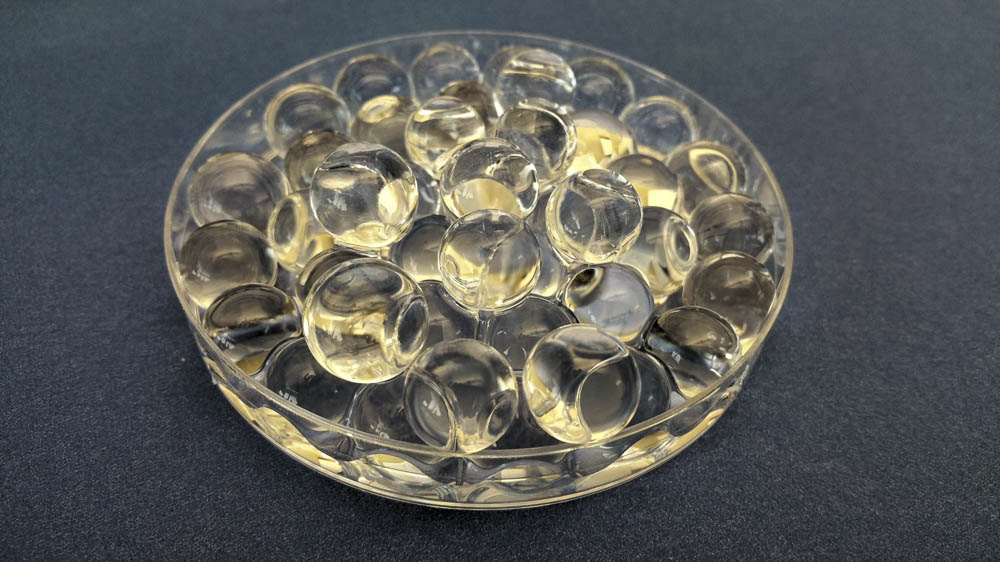 Water beads are what’s known as a superabsorbent polymer (SAP). Polymers are very large molecules, formed by repeated patterns of chemical units strung together. While you may be unfamiliar with the word polymer, you’ve encountered them many times in your life! Bone, horn, cotton, silk, rubber, paper, and leather all come from naturally-occurring polymers! There are manmade polymers, as well. Fabrics such as rayon and polyester, polystyrene (used in styrofoam coffee cups), and PVC (used in pipes) are common examples of these artificially-occurring polymers.
Water beads are what’s known as a superabsorbent polymer (SAP). Polymers are very large molecules, formed by repeated patterns of chemical units strung together. While you may be unfamiliar with the word polymer, you’ve encountered them many times in your life! Bone, horn, cotton, silk, rubber, paper, and leather all come from naturally-occurring polymers! There are manmade polymers, as well. Fabrics such as rayon and polyester, polystyrene (used in styrofoam coffee cups), and PVC (used in pipes) are common examples of these artificially-occurring polymers.
These polymers are unique because of their superabsorbency. Absorption is the process in which one things soaks up another. This type of polymer is a lot like the kind used in disposable diapers! If you’ve spent much time around a baby, you might have noticed how much bulkier diapers get when they’re wet. That’s because the polymers inside the lining expand as they absorb liquid—just like your water beads! Unlike these round SAPs, the kind in diapers is in powder form. Water beads are also popular for use in floral arrangements and planting soil.
But why are the beads in the saltwater solution so much smaller than the ones in the tap water? The answer has to do with osmosis. Osmosis is the movement of water through a membrane (such as the beads) to achieve equilibrium, or balance. The solution in the saltwater beaker contains water and salt. The saltwater water passes through the beads in an effort to balance the concentration of water and salt in the beads and in the beaker. The saltwater causes a more equal balance of salt and water in the beads and in the saltwater in the beaker, so less is absorbed by the beads. Likewise, if you added a few heaping teaspoons of salt to the beaker with plain water, the polymer beads would release some water and become smaller.
Are you still wondering why the hydrated beads were invisible in the beaker of water? It’s because of refraction. Refraction occurs when light moves from one substance to another, changing speed and direction. For example, when light that is traveling through air and hits another substance, such as a glass of water, this juncture is called an interface. Refraction occurs when light bends at such an interface. That’s because the light speed and direction change when the light enters the second substance. Different substances bend the light differently. This is called a substance’s refractive index. Since the hydrated water beads are about 99% water, the refractive index of the water and the polymer beads is about the same, rendering the beads invisible. While this may sound technical, you’ve seen refraction at work many times. Have you ever noticed that your legs look strangely bent when you’re dangling them in a pool? This is because the light is being refracted when it hits the water.
For more information about polymers, check out this science lesson. For further study, leave the water beads on a sunny windowsill for a few days and see what happens. You can also experiment with adding food coloring and making a hypothesis about whether or not the water beads will absorb the color. Can you think of other experiments to try with your water bead polymers?


